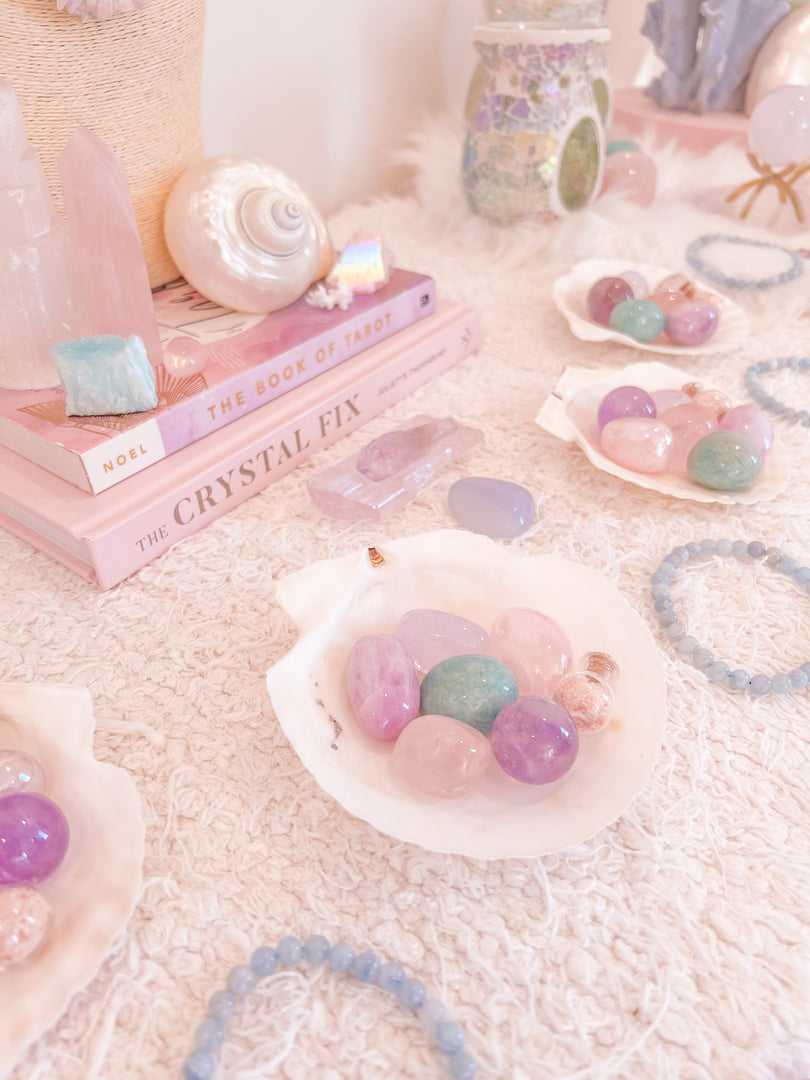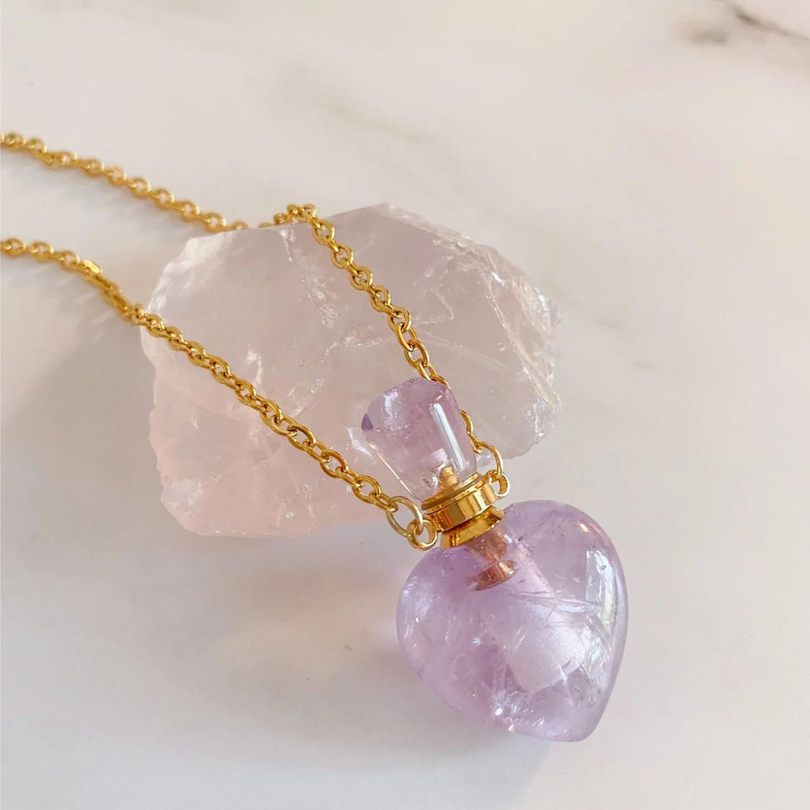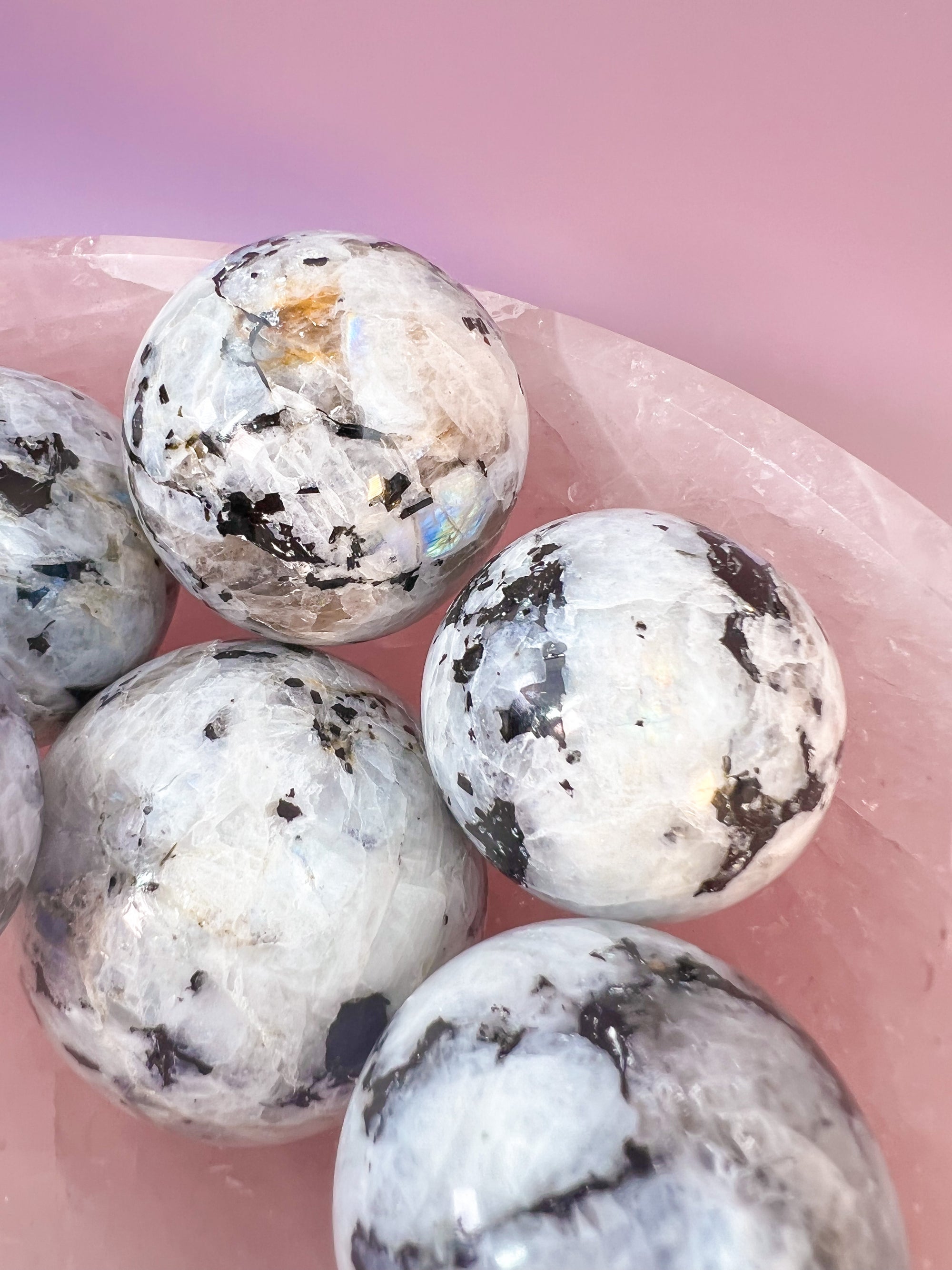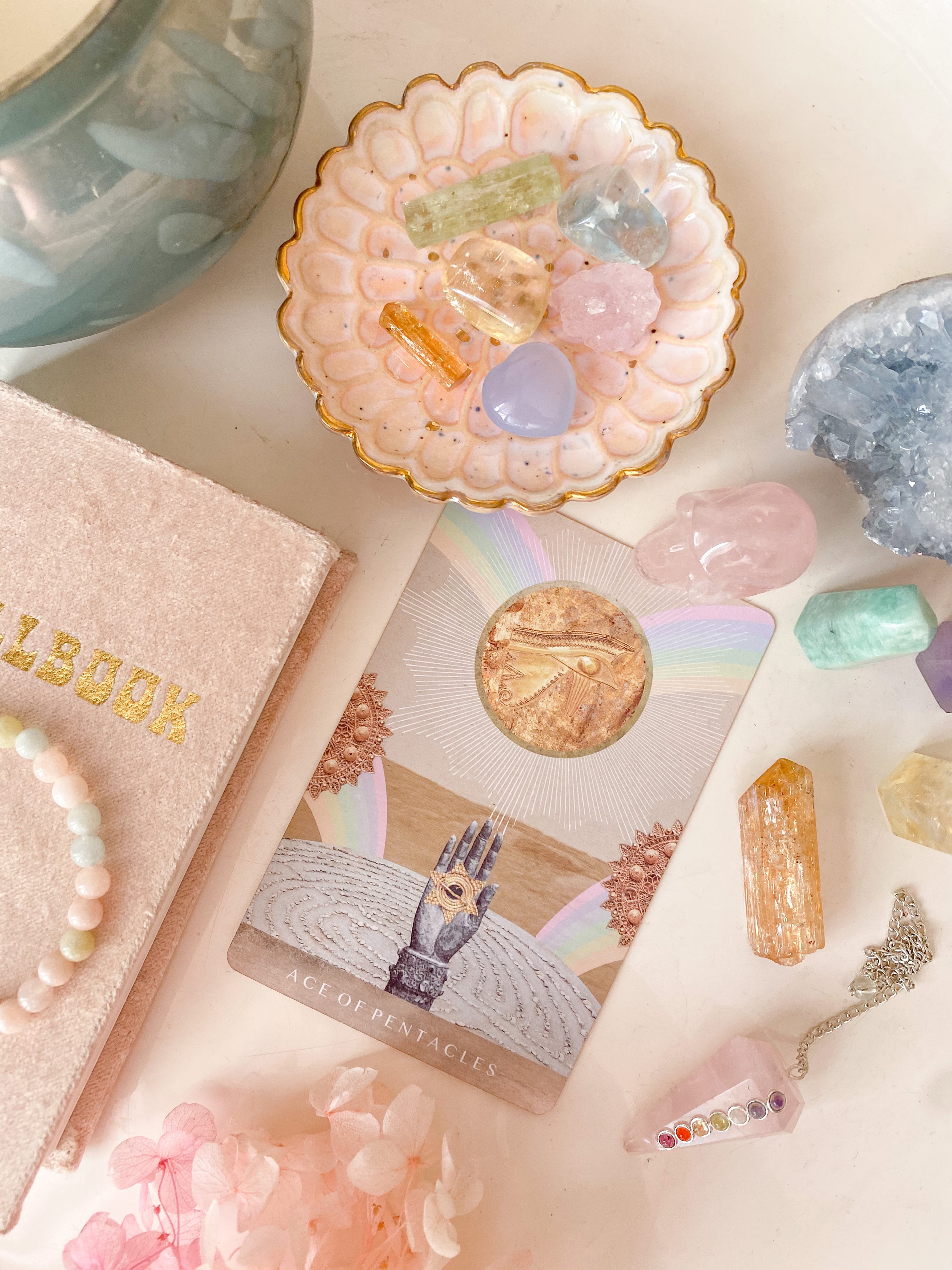Gemstones are not just visually stunning, but they also have unique optical properties that can create fascinating effects. From color-changing effects to iridescence, these optical phenomena can make a gemstone even more special and valuable. Here are 10 of the most common optical phenomena in gemstones.
-
Play of color: Play of color is seen in gemstones like opal, which displays a range of colors, including red, green, blue, and yellow. This effect is caused by the interference of light waves, and it creates a dazzling display of colors that change as the gemstone is turned.
-
Iridescence: Iridescence is a rainbow-like effect seen in gemstones like moonstone and labradorite. It is caused by the reflection and interference of light, which creates a shimmering effect on the surface of the gemstone.
-
Chatoyancy: Chatoyancy, also known as "cat's eye" effect, is seen in gemstones like chrysoprase and cat's eye tourmaline. It is created by parallel fibers or tubes in the gemstone that reflect light in a single direction, creating a narrow band of light that resembles a cat's eye.
-
Pleochroism: Pleochroism is the ability of a gemstone to show different colors when viewed from different directions. Gemstones like diopside and apatite display pleochroism, which can greatly affect the color and value of the stone.
-
Adularescence: Adularescence is a bluish-white glow seen in gemstones like moonstone. It is caused by the reflection of light from many microscopic layers within the gemstone, creating a glowing effect.
-
Aventurescence: Aventurescence is the sparkling effect seen in gemstones like sunstone and aventurine. It is created by reflective inclusions, such as mica or hematite, within the gemstone that reflect light and create a glittering effect.
-
Opalescence: Opalescence is a milky or pearly effect seen in gemstones like pearl and opal. It is created by the reflection and diffusion of light through the layers of a gemstone, creating a soft, glowing effect.
-
Color change: Color change is a phenomenon where a gemstone appears to change color when viewed under different lighting conditions. Gemstones like alexandrite and chrysoberyl are well-known for their color change abilities, which can greatly affect the value of the stone.
-
Asterism: Asterism is the star-like effect seen in gemstones like star sapphire and star ruby. It is created by the reflection of light from microscopic inclusions within the gemstone, creating a six-rayed star effect.
-
Luminescence: Luminescence is the ability of a gemstone to emit light. Gemstones like fluorspar and some types of diamonds can emit light, either naturally or through artificial stimulation, creating a stunning and mesmerizing effect.
The optical phenomena in gemstones can greatly add to the beauty and value of these natural wonders. Whether you're a collector, a jewelry lover, or simply a admirer of nature's creations, understanding these optical effects can greatly enhance your appreciation of gemstones!







